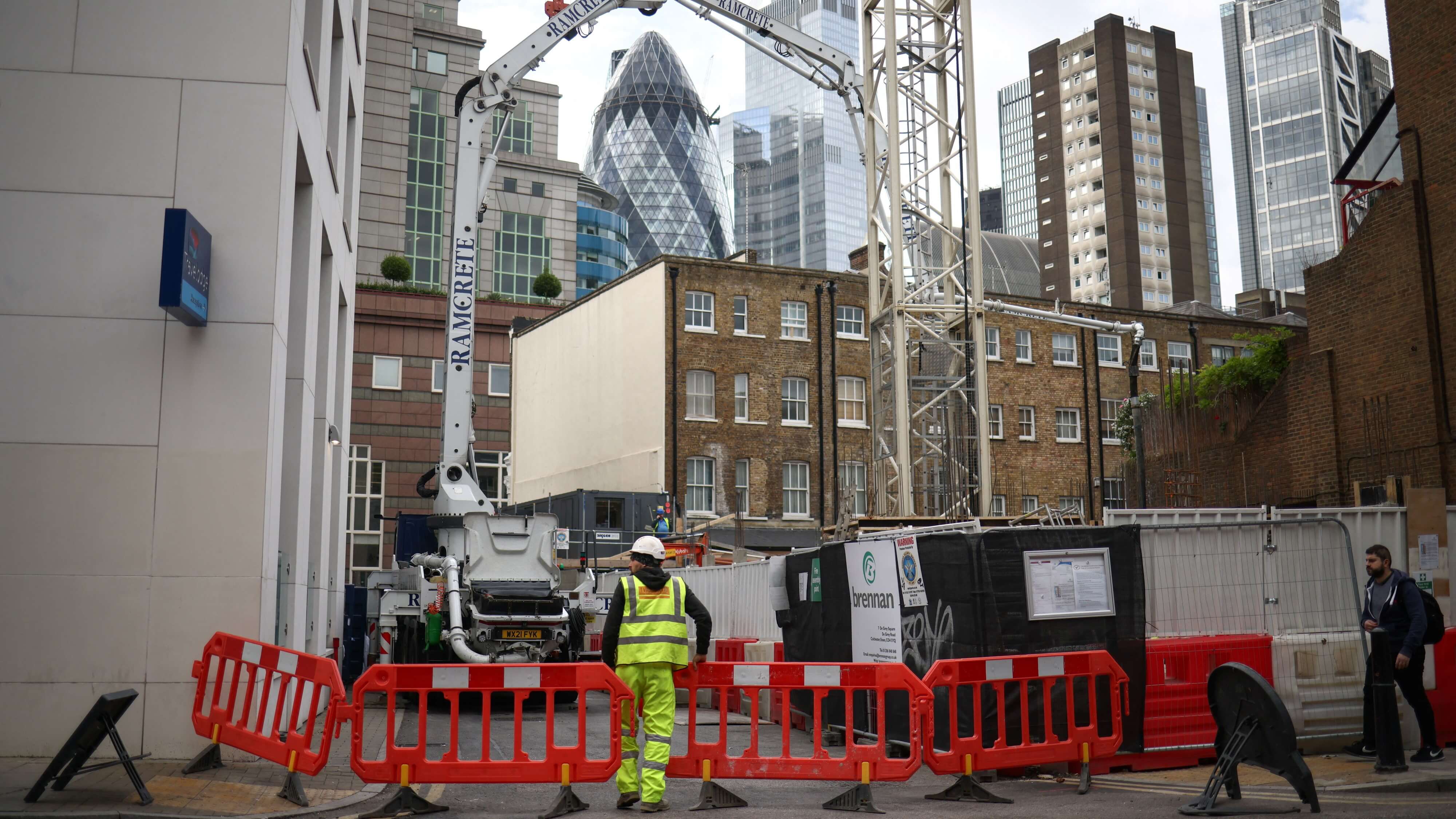The government has put into effect a VAT domestic reverse charge (DRC) for building and construction services.
VAT Domestic Reverse Charge: What Is It And How Could It Impact You?
The government has put into effect a VAT domestic reverse charge (DRC) for building and construction services.

The reverse charge VAT procedure is an anti-fraud measure designed to counter sophisticated criminal attacks on the UK VAT system. It intends to cut down on ‘missing trader’ fraud, where companies receive high net amounts of VAT from their customers but have no intention of paying the VAT to HMRC. But how exactly will it affect the construction industry?
The impact on construction workers
These new rules apply to CIS and VAT registered contractors and subcontractors. Under them, when a subcontractor sells construction services reported under CIS to the contractor, the subcontractor will no longer charge VAT.
Instead it will be the contractor's responsibility to declare both the input and output VAT on their VAT return.
The reverse charge does not apply to end users and intermediary supplier businesses. Check the government website here for the definition of end users and intermediary supplier business.
With less than a month until the regulations come into place, it’s important to understand if you will be affected. Here is a snapshot of how it could impact you:
If you sell building and construction services, the reverse charge will need to be used when:
- your customer is registered for VAT in the UK
- payment for the supply is reported within the Construction Industry Scheme (CIS)
- the services you supply are standard or reduced rated
- you’re not an employment business supplying either staff or workers, or both
- your customer has not given written confirmation that they’re an end user or intermediary supplier
If you buy building and construction services, the reverse charge will need to be used when:
- payment for the supply is reported within the Construction Industry Scheme (CIS)
- the supply is standard or reduced rated
- are not hiring either staff or workers, or both
- you’re not using the end user or intermediary exclusions
Ensuring you’re compliant
If you’re a contractor, it is important to review your current contracts with subcontractors to check if the reverse charge VAT applies to the services you receive (if the subcontractors you use are CIS registered then it’s very likely they will, the full list of services covered can be found on HMRC’s website).
If so, you need to let your suppliers know. If you’re a subcontractor, from 1 March your invoices will need to inform your customer that reverse charge VAT is applied and they are responsible for the VAT using the reverse charge procedure.
Before then you should make sure your contractor is aware and understands what is required from them.
How cloud technology can help
If you already use accounting software you’ll need to check it will deal with the new domestic reverse charge VAT. For example, if you are using desktop software, you will need to check with your supplier if a manual update is available.
If you already use a cloud accounting platform like Xero, you’re all set because – our product has already been updated to help you comply with DRC. You can find out how DRC works in Xero here.
If you don’t currently use software for your business then this is a great time to start. Using cloud accounting software makes life a whole lot simpler especially when dealing with CIS and VAT as the updates are made automatically - so the hard work is done for you.
Consider how this change might impact your cash flow
If you are a subcontractor then it’s likely your cash flow will be impacted as you will no longer be receiving the VAT payment from your customer.
If you are the contractor, you will likely have a short term cash flow benefit as you will no longer be paying the VAT amount to the subcontractor, however you must remember you will need to account for VAT as output tax as well as input tax, along with the rest of your VAT accounting.
Remember to reach out to your accountant who can help you map the impact on cash flow and plan for the changes .
Donna Torres is director of Small Business at Xero UK.
Thanks for signing up to Minutehack alerts.
Brilliant editorials heading your way soon.
Okay, Thanks!

